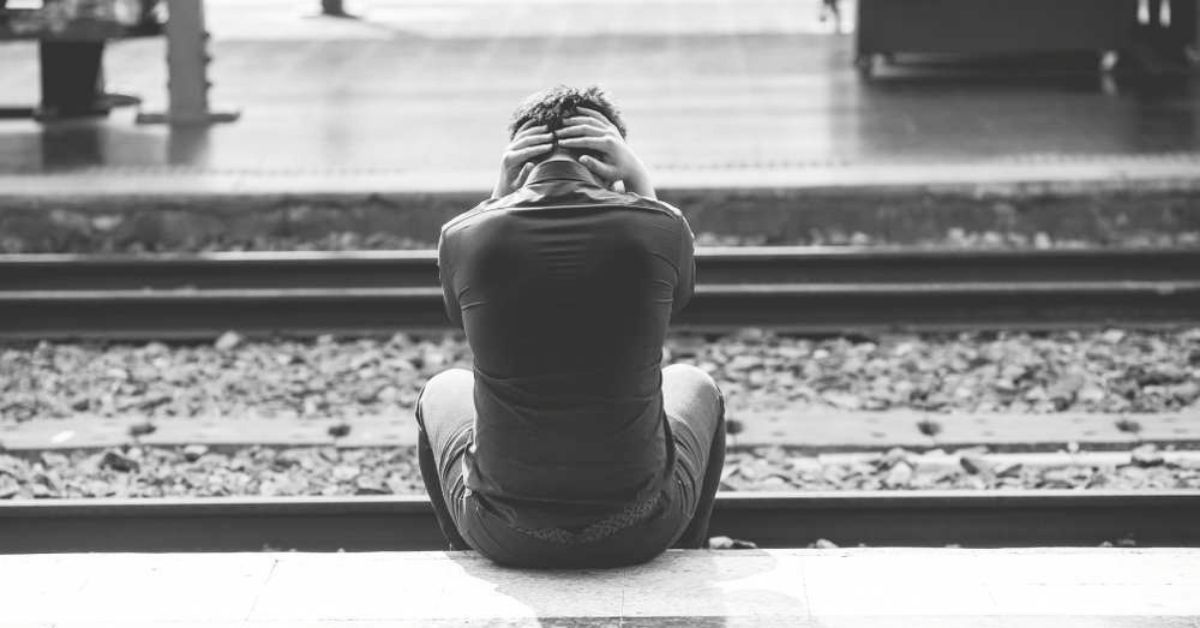Trigger warning: Mentions of suicide
We’ve all heard them — those dismissive phrases like, “Come on, it’s just a joke!’ or “We all went through this as kids, you’ll get over it.” Sometimes we even laugh along. But what happens when the laughter stops? Too often, the pain inflicted by those “jokes” linger long after the words are spoken.
A heartbreaking case recently shook the country. A 15-year-old took his own life after facing relentless bullying. While the details remain private, the tragedy forces us to ask: How many silent cries for help go unnoticed every day?
Bullying isn’t just a phase. It’s a reality that pushes children into isolation, fear, and, in some cases, despair; and the signs are there if we choose to see them.
Spotting the signs
Mental health issues don’t always announce themselves with dramatic changes. In a conversation with The Better India, Priyanka Varma, a psychologist at The Thought Co. in Mumbai, explains that signs like persistent changes in sleep, appetite, or mood should never be ignored.

“If a child withdraws from social situations, loses interest in activities they once enjoyed, or starts isolating themselves, these could be indicators that something deeper is wrong,” she says. “It’s important for parents, teachers, and caregivers to take note, especially if a child expresses feelings of hopelessness.”
Here are some common signs that may suggest a child is struggling:
- Withdrawal from friends or social activities
- Increased irritability or unexplained emotional outbursts
- A noticeable decline in academic performance or concentration
- Talking about feeling like a burden, or expressing a desire to disappear
Creating safe spaces
While many schools have taken steps by introducing counsellors, the problem persists. Priyanka emphasises that having just one school counsellor is not enough.
“Psychologists should be actively present in schools, not just filling in as substitute teachers. Schools need structured mental health programmes that include workshops on conflict resolution, self-expression, and emotional regulation,” she explains.

At home, the key to early intervention is creating a safe, non-judgmental space where children feel comfortable sharing their struggles. To achieve this, Priyanka recommends a three-fold approach:
Building Trust: Regularly engage in open-ended conversations. Encourage your child to share their day-to-day experiences without fear of immediate criticism or dismissal.
Active Listening: Show genuine interest in what your child is saying. Make eye contact, ask follow-up questions, and validate their feelings.
Consistency and Routine: Establish a consistent routine that includes quality time together. Simple activities like family meals or shared hobbies can foster connection and trust.
Every effort counts
Many parents and teachers struggle with knowing when to step in. According to Priyanka, the answer is simple, “Nothing should be taken lightly.”
Even if a child doesn’t explicitly express distress, their behaviour can indicate it. “Being there for a child is a form of intervention. Creating a space where they feel heard and supported is intervention. Encouraging them to seek professional help when needed is intervention,” she explains.
She believes that schools and families should work together to ensure that children know they are not alone. These are some actionable steps she suggests:
- Remind children that it’s okay to ask for help and that their feelings are valid.
- If warning signs are noticed, gently suggest that the child speak to a trusted professional, whether a school counsellor, psychologist or a helpline.
- Schools, families, and communities can create networks of support that ensure no child feels isolated.
Priyanka believes that schools and families must work together to ensure that children know they are not alone. “Sometimes, despite our best efforts, things may still go wrong. But that should never stop us from trying to create safe spaces and offer support,” she says.
From awareness to action
With every tragic case that makes headlines, there’s a flurry of discussions on mental health and suicide prevention. But Priyanka points out that simply talking about it is not enough.

“The general public is bombarded with information, yet there is still so much misunderstanding about what suicide prevention really means,” she notes. “It’s not just about reacting to a crisis — it’s about fostering resilience, creating open conversations, and ensuring mental health resources are truly accessible.”
She highlights a gap between awareness and action, particularly in schools. “Students often don’t even know that they have access to mental health services. We need to bridge that gap and make these resources visible and approachable,” she urges.
Here are some suicide prevention helplines:
- Mumbai: I Call- 022-25521111 (Monday to Saturday, 8 am to 10 pm), ASRA- 022-27546669,
- The Samaritans Mumbai: 8422984528/842984529/8422984530 (5 pm to 8 pm on all days)
- Bengaluru: Sahai – 080-24497777 (10 am to 8 pm)
- Kochi: Maitri (0484-2540530), Chaithram (0484-2361160)
- Kolkata: Lifeline Foundation – 033-24637401/32
- Tamil Nadu: Sneha – 044-24640059
- Delhi: Sanjivini Society for Mental Health – 011-40769002 (Monday to Saturday from 10 am to 7.30 pm)
- Andhra Pradesh: 1Life – 7893078930
- Telangana: Roshini (040-66202000)
- Karnataka: Arogya Sahayavani – 144
Edited by Arunava Banerjee
No comments:
Post a Comment